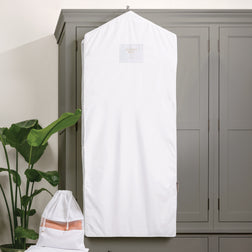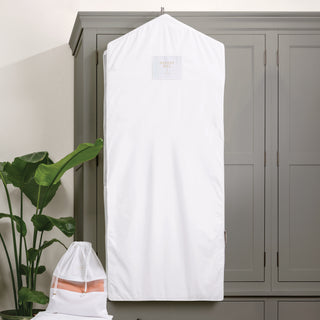Have you ever wondered what happens to your clothing when it is dry cleaned and if it says ‘dry clean only’ on the label is this the only option? This guide tells you everything you need to know.
It is likely that you may be on a first-name basis with your package deliverer with all the online shopping we all do. But, there is another person you may see quite often, and that is your dry cleaner.
Unless you wear cotton t-shirts every day, you likely have a large pile of clothes that go to the dry cleaner regularly. In fact, most of your favourite blouses, dresses, and slacks are probably labelled “Dry Clean Only.”
Taking these items to the dry cleaners certainly takes the guesswork out of cleaning your clothes, but what actually happens at the dry cleaner after they hang your clothes on the conveyor?
If you want to learn more about dry cleaning, what clothes can be dry cleaned, and how you can dry clean clothes at home, this guide will answer all of your questions.
What is Done in Dry Cleaning?
Despite its name, dry cleaning is not completely dry, but it does not utilise water. By definition, dry cleaning is “the process of cleaning a garment with an organic solvent without using water.” Dry cleaning was invented and patented in 1821 by Thomas L. Jennings, who called his invention “dry scouring.” (Jennings was the first African American inventor to receive a patent.)
Though other inventors experimented with chemicals such as turpentine and petroleum-based solvents, flammability concerns discouraged their use and eventually led to the discovery of tetrachloroethylene (perchloroethylene/PCE) for commercial dry cleaning in the early 1930s.
What is the Dry Cleaning Process? Are My Clothes Really Cleaned?
The process of dry cleaning is a bit more complicated than putting clothes in a washing machine. There are four distinct sections of a dry cleaning machine:
- The holding tank that contains the cleaning solvent
- A circulation pump that transports solvent through the dry cleaning machine
- Filters for removing impurities from the cleaning solvent and grime from fabrics
- A rotating wheel or cylinder where items are placed for cleaning
At the start of the cleaning, the pump switches on and transports solvent from the holding tank. The solvent moves through the filters to remove any contaminants. After that, the purified solvent is sent to the cylinder where the item to be cleaned is located. There, it interacts with any dirt or grime that is on the fabrics. The solvent is drained back through the cylinder, returning to the holding chamber, where the process begins again.

Once your clothing has gone through the cleaning cycle, the next step is extraction. This step removes excess solvent that may be clinging to the fabrics. The cylinder’s speed increases, mimicking the spin cycle of a washing machine.
When the extraction is complete, the cylinder stops. The clothes are then dried using the same machine or transferred to another dryer. Excess solvent is gathered, purified, and returned to the holding tank.
Great! But Does Dry Cleaning Really Clean?
The level of “clean” depends on the material and the type of solvents used in the dry cleaning process. Some fabrics handle dry cleaning better than others, and some solvents interact with fabrics differently. Typically, you can count on dry cleaning to remove oil-based stains, grease, and dirt.
That said, dry cleaning doesn’t always remove foul odors, particularly those caused by sweat. The stains will lift but the scent will remain, so you will need to find other alternatives.
What Should and Should Not be Dry Cleaned
You may be surprised to learn that some items with “Dry Clean Only” on the label do not have to be dry cleaned. How confusing!
Manufacturers are only required to list one method for cleaning on clothing, and the label is not typically large enough to allow for detailed instructions.
And, not every textile should be sent to the dry cleaners. Of course, that raises a lot of questions like “Can you dry clean rayon?” or “Is nylon machine washable?”.
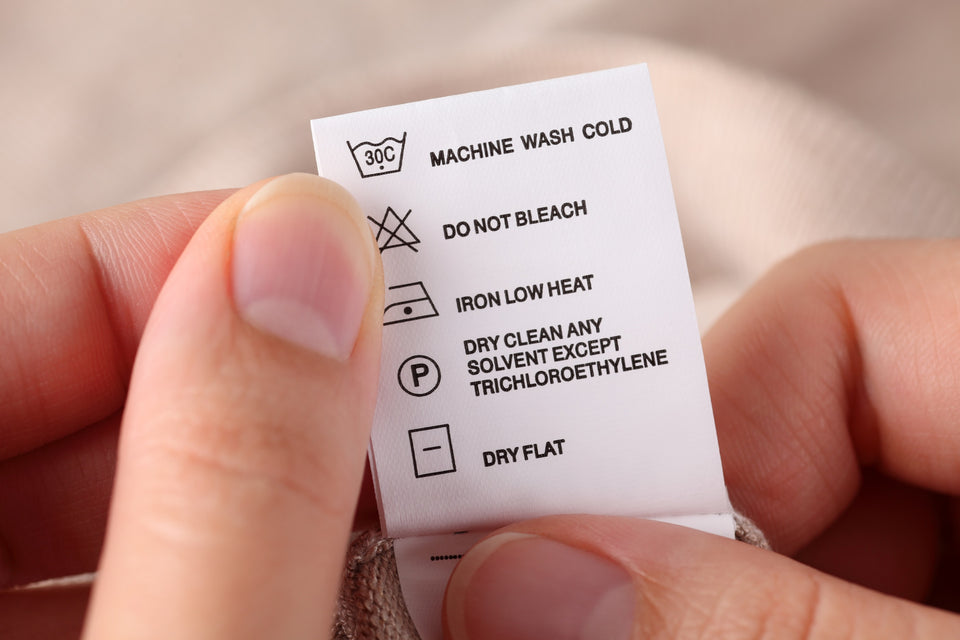
Here are the answers:
Fabrics That Do Not Need To Be Dry Cleaned
Cotton
As one of the most common clothing textiles, cotton does not need to be dry cleaned and is machine washable. You can use both cold or warm water without affecting the colour-fastness of the item. Since most cotton clothing comes preshrink, it can also be dried in a dryer.
Polyester and Other Synthetics
Many items are made of synthetic fabrics. Clothing made from polyester, nylon, acrylic, spandex, and acetate are all machine washable. Blends made with these items, such as cotton/polyester or wool/nylon, can be put into the washing machine or hand-washed.
Wool
Most wool clothing can be hand washed, and dry cleaning is unnecessary. However, wool is usually too delicate to be machine washed.
Cashmere
Even though cashmere is expensive and requires careful cleaning, it should not be dry cleaned.
Dry cleaning uses chemicals that could damage natural fibres like cashmere wool. To preserve the life of your cashmere, hand wash it instead. Use cashmere shampoo or a gentle detergent and cold water.
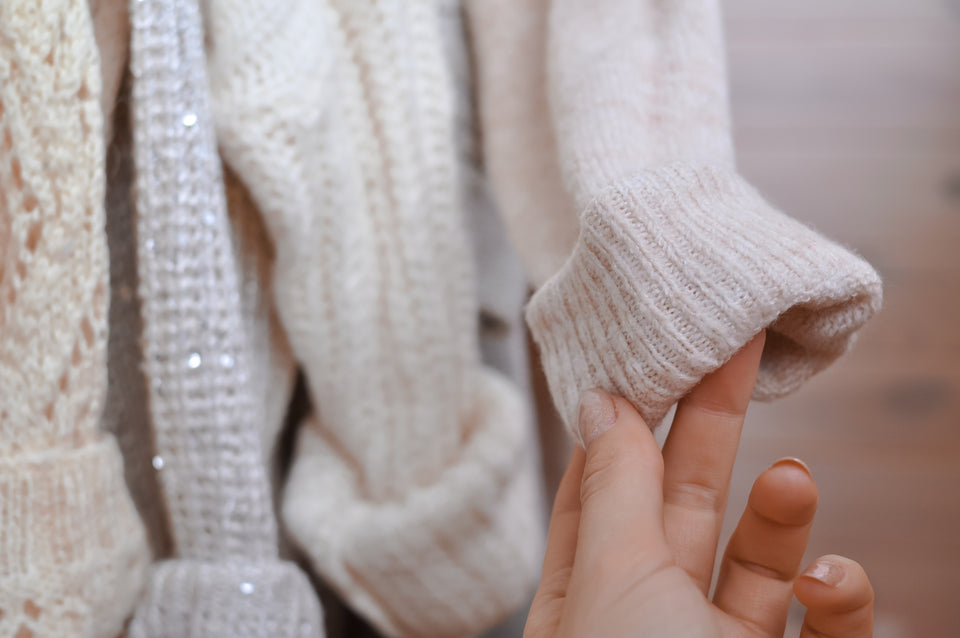
Fabrics That Should Be Dry Cleaned
Linen
Linen can be hand washed with cold water, but if you wash linen improperly, it will lose its quality and may feel rough. To maintain the quality of your linen items, dry cleaning is best.
Silk
Some silk is hand-washable, but that is not always the safest option. If you want a 100% silk item to last a lifetime, dry cleaning is the best choice. Dry cleaning ensures that the silk will not lose colour or lustre. Some silks must always be sent to the dry cleaners, such as those with dark or bright dyes, lining, or prints.
Leather
Professional dry cleaning will bring life back to old leather jackets and other leather items. The dry cleaning process will remove any stains without shrinking or cracking the leather.
Suede
Similar to leather, you should not use water when cleaning suede. That’s why suede is easily ruined in rain and snow. Dry cleaning suede is costly, but it is one of the few methods for removing dirt and grime.
Rayon
Though rayon is a semi-synthetic material, it has a high risk of shrinkage and is prone to lose its shape. Dyes can also bleed during machine and hand washing. Generally, it is safer to have rayon dry cleaned.
The final verdict on whether you should dry clean an item should be based on two things: the quality of the item and how much you value the item.
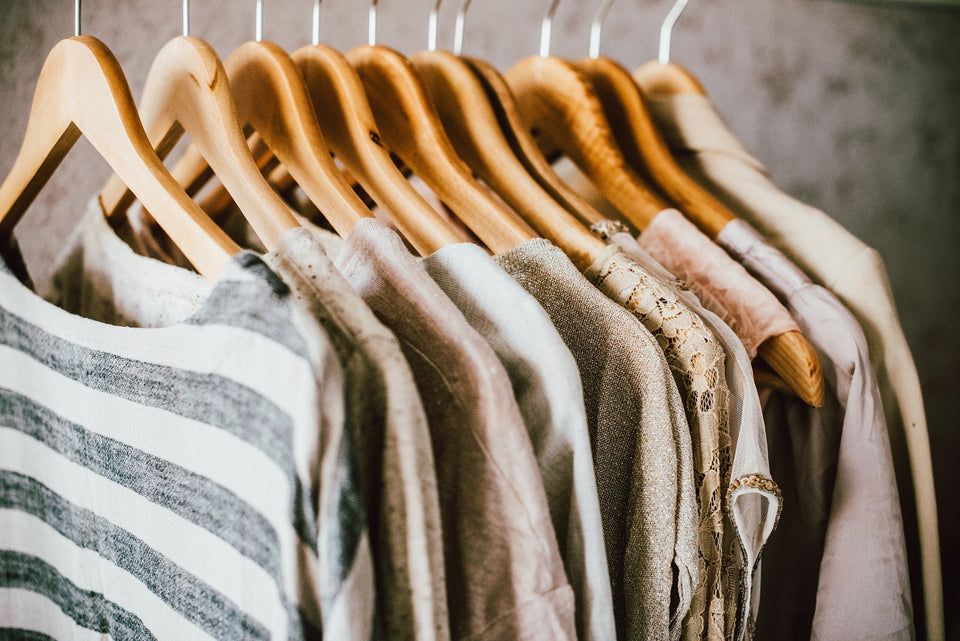
Yes, some fabrics should only be dry cleaned, but if you are on the fence about things like wool, linen, and cotton clothing or those with sequins or other embellishments (fur, pleating, etc.), dry cleaning is a smart choice. Professional dry cleaning prevents damage to the high-end items in your wardrobe.
Can You Dry Clean Hand Wash Items?
No type of cleaning is more tedious than washing a “hand wash only” item. So much so that perhaps you have considered having a “hand wash only” item dry cleaned.
Most “hand wash only” fabrics are considered delicate and unsuitable for the washing machine, even on the delicate cycle. Whether you can dry clean them depends on the type of fabric.
Delicates include:
- Linen
- Rayon
- Cashmere
- Silk
- Lace
- Embroidered, beaded, or sequined garments
Always refer to the item’s fabric first when deciding whether to dry clean, hand wash, or machine wash it. Refer to the lists above to find whether your item’s fabric can be hand washed or should be taken to a dry cleaner.
Can You Dry Clean at Home?
Even if an item says “Dry Clean Only,” you may be able to use an at-home dry cleaning set to wash the item yourself. Or, with some extra precautions, you can wash garments made from acetate, velvet, wool, and silk clothes without a dry cleaning kit.
As always, inspect the label on the items you want to wash, identify what fabric the item is made of, and refer to the list above. Some fabrics that are considered delicate may do best with hand-washing, while others can handle the washing machine. Keep in mind that some heat-sensitive synthetics, like rayon, will not do well in a washing machine.
Machine Washing
If you decide on machine washing, place delicates in a mesh bag prior to washing. Mesh bags are excellent for preventing stretching and snagging can ruin “Dry Clean Only” clothes. Also use a gentle laundry detergent or specialty soap, such as a cashmere shampoo. If you have stains, pre-treat them prior to cleaning.
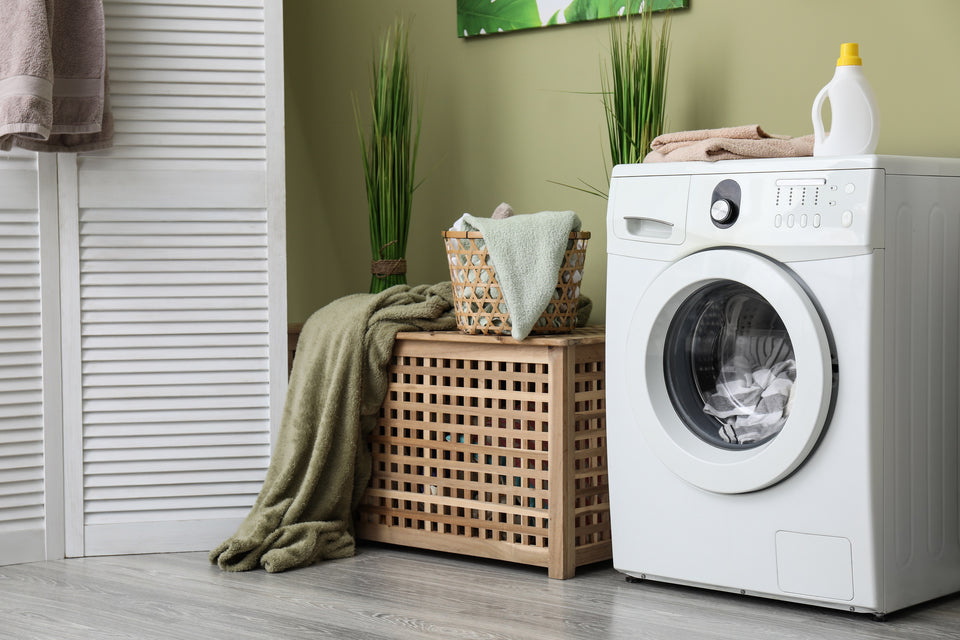
Select the washing machine’s express or delicate cycle. Once the wash has finished, remove the garment from the mesh bag. Lay it flat on a towel for drying.
Hand Washing
If the fabric is too delicate to be placed in the washing machine, you can opt to hand wash the item. This is also an option if your washing machine does not have a delicate or express wash cycle.
Directions:
- Pre-treat any stains, if necessary.
- Fill the sink or wash basin with warm water. Add a few pumps of soap or mild laundry detergent.
- Soak the garment for about 20 minutes. Every 3-4 minutes, agitate with your hands.
- Drain the warm water. Fill the basin or sink as high as possible with cool water.
- Swirl the garment to rinse.
- Remove the garment from the water and squeeze it gently against the side of the sink or basin to remove excess water.
- Lay the item on a towel, place another towel on top, and roll up the towels to remove any remaining water.
- Unroll and lay the item out flat on a dry towel until it dries completely.
How Can I Get Stains Out of Dry Clean Only Items?
If one of your items has a stain, but you would prefer not to take it to the dry cleaner, there are a few at-home solutions to try.
The first step is to identify what type of stain is on the item. That will determine what steps you should take to gently remove the stain from the fabric.
Oil-Based Stains
These are stains from butters, cooking oil, grease, salad dressings, body oils, lotions, and makeup. To remove this type of stain, you should use a citrus-based degreasing soap or detergent.
Food Stains
This includes stains from spilled tea or coffee, wine, juice, jam, ketchup, mustard, etc. To remove this type of stain, use a combination of white vinegar and mild detergent.

Protein Stains
Urine, blood, eggs, vomit, meat, and grass stains are all considered protein-based stains. You will need peroxide, ammonia, and a dye-free high quality detergent. This is one of the more difficult types of stains to remove, so you may have to take the item to the dry cleaners if the home remedy is unsuccessful.
Ink Stains
This kind of stain can be removed with an alcohol-based stain remover product, such as hand sanitiser.
Sweat Stains
Use a cleaner with enzymes, like OxiClean, to get out both the staining and the smell.
Regardless of the type of stain, use the same technique when treating the spot. Moisten a soft cloth with the solution and some water; then blot the stain. The stain should disappear with some light dabbing. Do not rub.
At the end of a season, all stains should be removed and “Dry Clean Only” items laundered before placing them in storage bags. We recommend Hayden Hill garment storage bags to preserve the beauty of your clothing. Our bags are made of organic, soft cotton with a sheer, organza side panel so you can see your pieces while keeping them protected from light, dust, and moths. Hayden Hill delivers sustainable and beautiful garment care to protect what you love.


